By Judith Rubin and Joe Kleiman
ABOVE: Courtesy The Franklin Institute, Philadelphia
The latest edition of the TEA/AECOM Museum Index, covering calendar year 2019, showed that globally, attendance at the top 20 museums had dropped 2.4%. For the top 25 in each region, North America dropped 13.2% and APAC by 0.6%,, and EMEA increased 4.4%. Most of the North American drops were attributed to a falloff in the year after a blockbuster exhibition. All of this was pre-COVID, when we might have expected 2020 to play out along similar lines, with a few rises and dips. At this writing in summer 2020, the museum landscape is radically altered. We look at some of the chief factors.
The biggest museums and the blockbuster model
For decades, the top museums in destination cities have depended on blockbuster exhibitions and tourism to keep attendance levels high.
Linda Cheu, Vice President – Economics, Americas, writes in the Museum Index: “Special exhibitions continue to be primary drivers of attendance change in our lists and are an important way that the largest museums invest in the visitor experience to maintain market share and keep pace with population and tourism growth.”
The situation affects producers and distributors of traveling exhibitions as well as the museums that book the shows. A number of museums are in fact reopening with restrictions and safeguards in place, and using timed ticketing and advance reservations – the tools of blockbuster crowd flow – to regulate attendance levels. Even when COVID-related travel restrictions ease, attendance restrictions and social distancing requirements may remain.
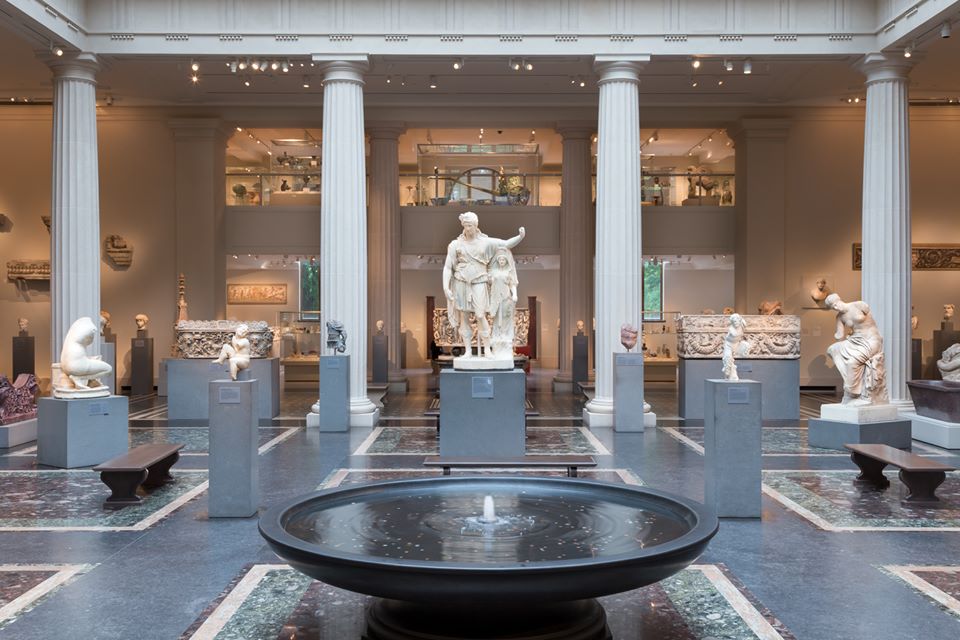
After a five-month closure (since March 13, 2020) the Metropolitan Museum of Art in New York City will again welcome visitors on Saturday, August 29, unveiling three new exhibitions. Under the circumstances, it seems likely that most of the returning visitors will be locals. Max Hollein, Director of The Met, said, “So many people have reached out during the time of closure to express how much they miss being at The Met, and we are eager to welcome all back to the galleries. Opening The Met’s doors is an important signal for New York and for all of us. This will be a time for New Yorkers to reconnect with their favorite artworks and spaces in their Museum.” The Museum has developed comprehensive safety procedures for its staff and visitors, following guidelines issued by the Centers for Disease Control (CDC), New York State, and New York City.
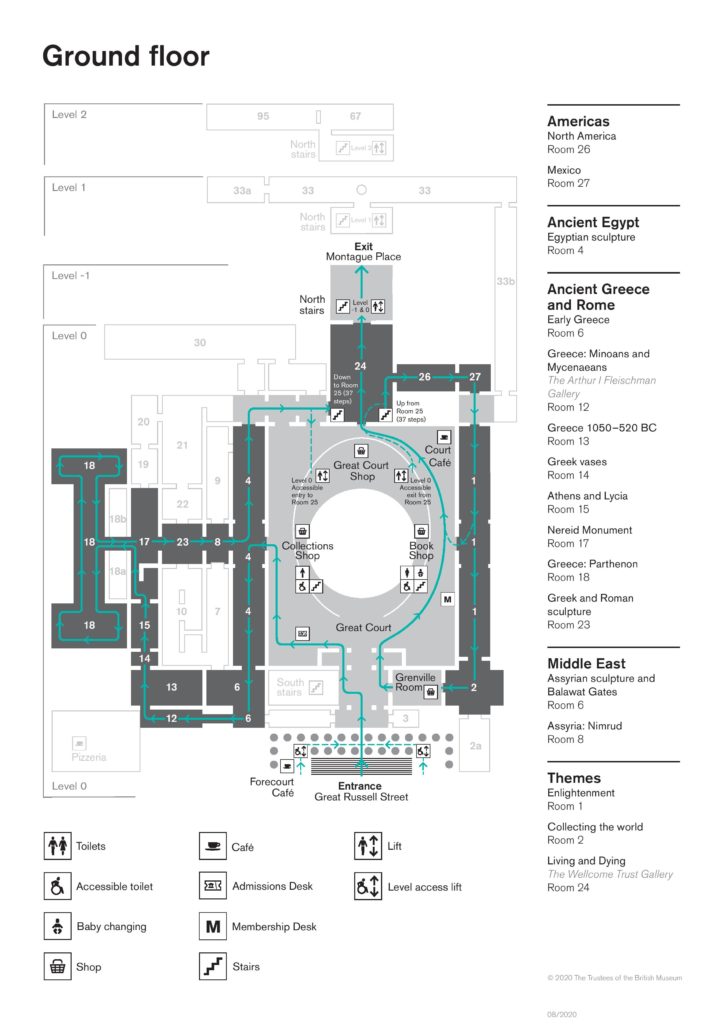
In London, on July 8 the National Gallery was the first major gallery to reopen, with a host of strict new health and safety measures in place and advance booking requirements. On July 27, the Tate reopened all four of its galleries – the Tate Britain and Tate Modern in London, as well as Tate Liverpool and Tate St Ives.

Although they will take a hit from reduced tourism and reduced capacity, the world’s biggest museums can be expected to set an example for how to move forward – much as the big theme park operators will. Perhaps those with the greatest resources will give new life to struggling smaller museums through acquisitions or partnerships, in keeping with the already growing trend of brand expansion – big names such as Guggenheim, Louvre and Smithsonian as well as newer “popup” brands, and art collectives such as Meow Wolf and TeamLab. As pointed out in the Museum Index, even though it experienced a 5.9% attendance decrease from 2018 to 2019, the Louvre still maintained its position as the most-visited museum in the world.
Theaters, immersive experiences and interactives
Museums have availed themselves of technology to help tell their stories in ways that resonate for modern audiences. This is true for museums of all kinds, but science centers and planetariums especially tend to depend on special venue theaters and hands-on interactives, with heavy traffic from school groups. Children’s museums are also high-touch.
The Franklin Institute in Philadelphia reopened on July 8, 2020 with a disclaimer, “By visiting The Franklin Institute, the guest voluntarily assumes all risks related to potential exposure to COVID-19 in or about The Franklin Institute,” an advance ticketing requirement, mask requirement and temperature checks, reduced capacity, no indoor dining. The museum’s high-touch exhibits and the IMAX theater are closed but the Fels Planetarium is running hourly shows, at reduced capacity. The reopening announcement called attention to science events on the floor including “Tech experts discussing 3D printing innovations that have emerged during the pandemic, showing examples of face shield visor bands produced from home and deployed to local health care workers” and “20,000 square feet of outdoor space for casual seating.”
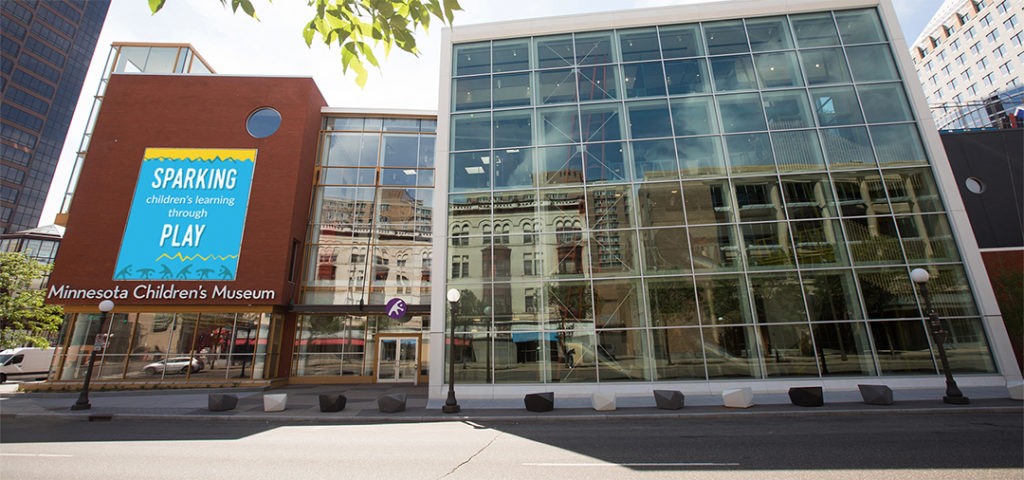
With advance reservations required as well as masks for visitors age five and older, the Minnesota Children’s Museum reopened August 1, 2020. Like others there are new cleaning protocols, plexiglass barriers and hand sanitizing stations. The museum also upgraded its air filtration system. “We look forward to welcoming you back when it feels right for your family to return,” reads the announcement that also indicates the cafe and store will be open.
Funding and revenue: Plight of US museums is most severe
Closures due to the COVID-19 pandemic have had a hard impact on the museum community everywhere in the world. Between April 7 and May 7, 2020, the International Council of Museums (ICOM) surveyed 1,600 museums and museum professionals in 107 countries on the impact of COVID-related closures. 82% anticipated a decrease in activities, 30% a downsizing, and 12.8% feared permanent closure.
AECOM’s Cheu writes in the 2019 Museum Index: “The museum industry is decentralized, with diversity in markets, business models, and financial fitness, which will translate to varied resiliency in regard to COVID challenges.”
When compared to the global front, the situation in the United States – where museums typically receive less government funding than their international counterparts – appears much worse. On June 8, 2020, the American Alliance of Museums (AAM) launched a survey of 760 US museums to understand the impact of COVID-19 on the museum community. 33% of respondents reported that without financial relief, they would not survive sixteen months. 16% believed themselves to be at significant risk of permanent closure. 87% had less than 12 months of financial reserves, 56% less than six.
It comes down to money.
Museums in the US have lived on the edge for several decades as government funding has dried up. They’ve depended on individual and corporate sponsorships and revenue generators such as giant screen theaters, food courts and evening events. Some are going to extremes to please corporate givers, such as integrating advertising into exhibit signage. Going forward, museums and other cultural attractions will need to find the balance between earned revenue, such as admissions, pass sales, and retail, and donated revenue. In April, the Vancouver Aquarium announced that it would be forced to close permanently within two months if it did not receive immediate funding. Our review of the 2018 financial records for the aquarium (the last filed) show that the split between earned and donated revenue was an extremely high 80% to 20%.
Saving the animals
Zoos and aquariums face particularly steep funding challenges because of the cost of caring for the animals. We’ve seen them find creative ways to generate revenue such as rent an animal for a zoom conference, and baby showers for pregnant animals, also drive-through zoo experiences.
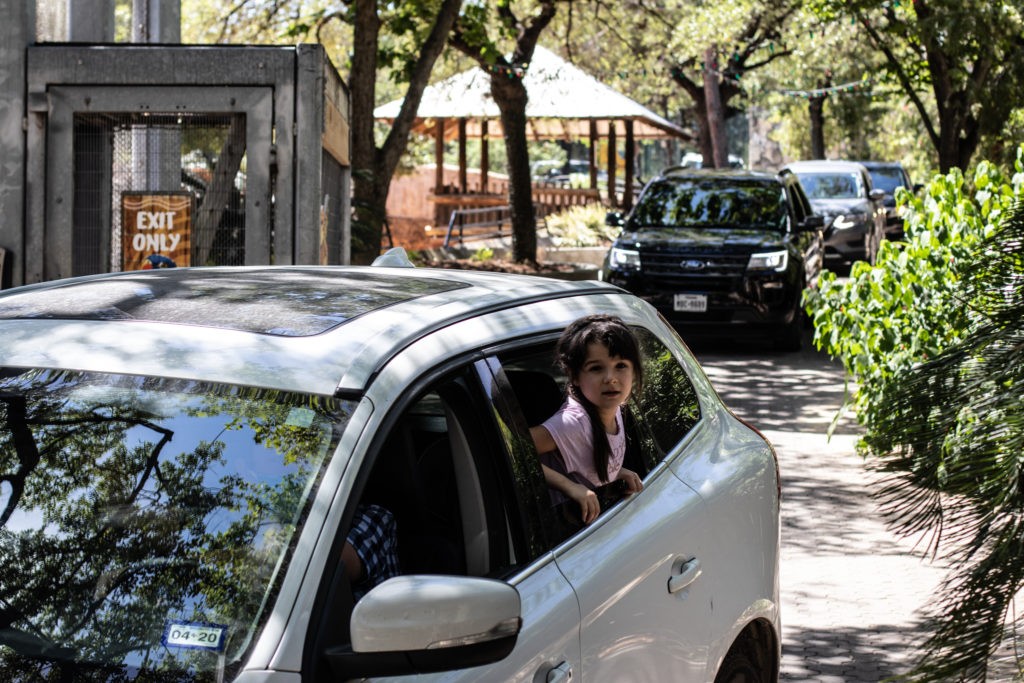
“When COVID struck and San Antonio Zoo shut its gate, we were left with no income,” Tim Morrow, President and CEO of the San Antonio Zoo, told InPark. “Unlike most other accredited zoos in the country we depend 100% on visitation, grants and donations to operate. The Drive Thru Zoo idea was created to offer people a way to continue to visit and help the zoo from the comfort and safety of their own cars. We designed a route, created an online audio tour and added fun merchandise and culinary opportunities along the way. Other zoos around the world soon followed our lead so support of the missions of zoos was magnified beyond our gates. The Drive Thru Zoo not only helped our zoo through closure it helped our community by giving them reprieve from lockdowns, a connection with nature and hope for a return to normalcy.”
Serving the community, serving mission – voices from AAM
Just at the time where their survival is in peril, museums have an increasingly vital role in the communities they serve – to help distinguish fact from fiction, uphold science, get a balanced viewpoint on the world and its issues, engage in meaningful discussion on race and inequality.
Museums, science centers, zoos and aquariums quickly began to leverage their websites and other online platforms to stay connected with their communities during pandemic shutdowns, but virtual content requires time and labor to produce. In a July 22, 2020 article for the American Alliance of Museums (AAM), Brendan Ciecko of Cuseum outlined six possibilities for generating revenue through online content including virtual memberships, virtual summer camps and monetizing special interactions with living collections and staff.
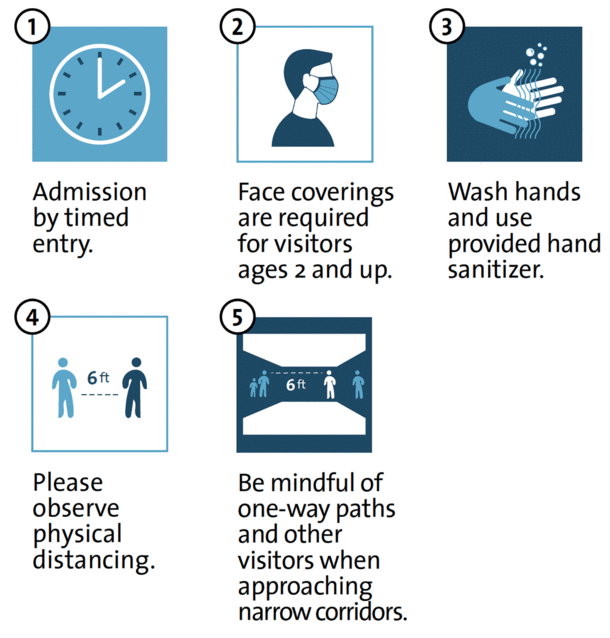
Museums with scientific missions and research teams were stopped in their tracks, their teams unable to access collections or travel. Many staff have been furloughed, laid off or taken early retirement. A May 28, 2020 article by Elizabeth Pennisi in sciencemag.org pointed out that that the situation has added new impetus to the digitizing of collections, and spurred museums and researchers to find creative ways to continue their work using webcams, teams of ‘citizen scientists’ and also refocusing their research on the pandemic itself.
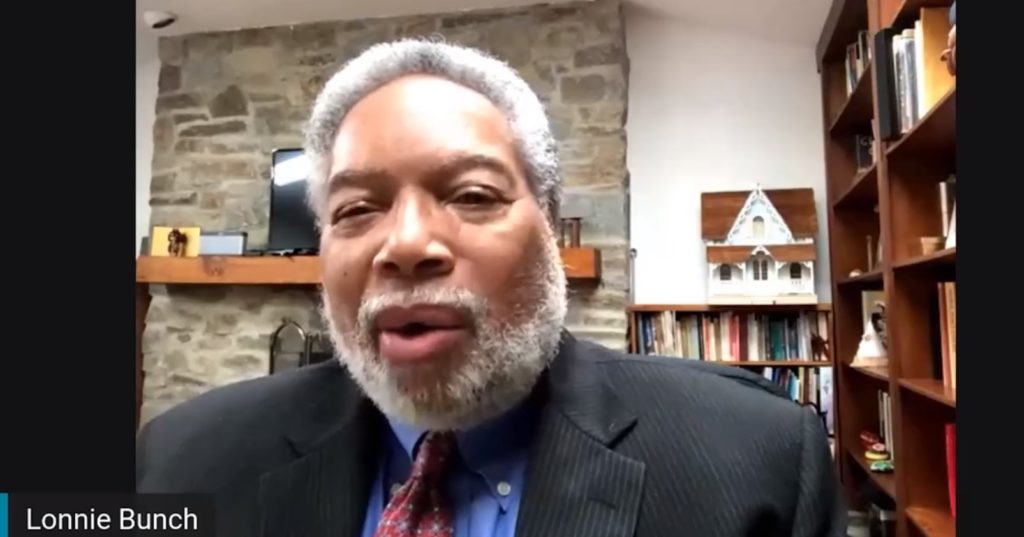
Lonnie G. Bunch III, Secretary General of the Smithsonian Institution, said at the AAM virtual conference (#AAMvirtual) in June 2020: “This is the time for museums to realize we are integral and integrated to this moment. Museums help the public find tools to live their lives, to understand this. Good museums help people to find reality, and give hope.” But he also said, “This is the opportunity to say we can’t just lay on beautiful strategic visions on old structures,” and “Museums are not built to be community centers but they sure could be at the center of their community. Put community, education, conversation and collaboration at the center.”
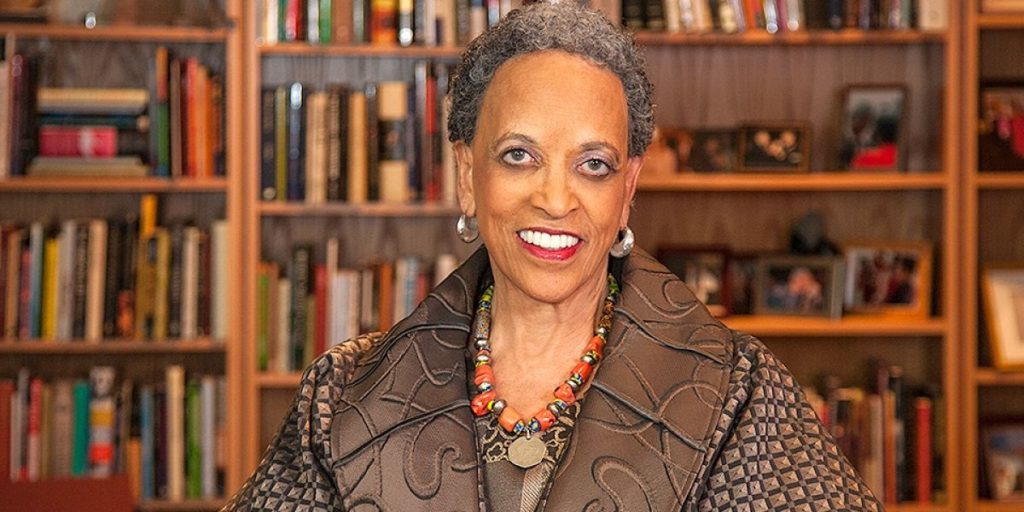
AAM’s virtual conference took place June 1-4, 2020. While it was being planned, the world was already several months into the pandemic, with museums closed and an uncertain future, and sessions like “Conversations on Sustainability & Resilience for Museums” on the program. The agenda and the dialogue became even more complex and urgent with the killing of George Floyd on May 25. In a special session, “Racism, Unrest and the Role of the Museum Field,” speaker Dr. Johnnetta Cole, who previously served as President of Spelman College and Director of the Smithsonian’s National Museum of African Art, said, “Could we imagine that our museums could be of special importance coming out of this pandemic and at this moment when our nation is so torn? What are we called to do, what are we capable of doing?”
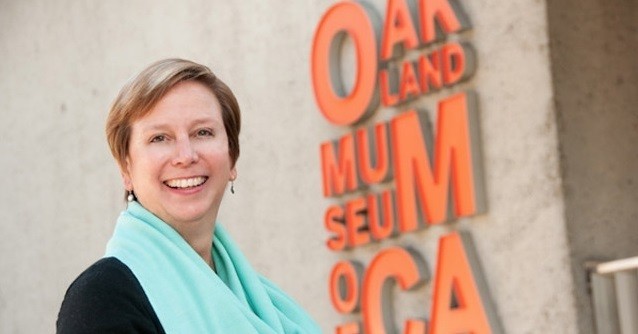
Lori Fogarty, Director and CEO, of the Oakland Museum of California, said, “This is the defining time of our lives as a country, as individuals, as museums. Let us not miss this moment.”
Resources from museum organizations
Associations serving and advocating for the museum community have published various resources and guides for surviving in COVID times. Here is a sampling:
AAM https://www.aam-us.org/programs/about-museums/covid-19-resources-information-for-the-museum-field/
ASTC (Association of Science-Technology Centers) https://www.astc.org/coronavirus/
NEMO (Network of European Museum Organisations) https://www.ne-mo.org/fileadmin/Dateien/public/NEMO_documents/NEMO_COVID19_Report_12.05.2020.pdf
AZA (Association of Zoos & Aquariums) https://www.aza.org/covid-19-resources
Reopenings among the world’s top 20 museums
With a variety of health safeguards, many of the world’s top museums have reopened or are preparing to reopen. These are the world’s top-attended museums per the 2019 TEA/AECOM Theme Index and Museum Index.
Louvre Paris July 6, 2020
National Museum of China, Beijing May 1, 2020
Vatican Museums, Vatican City June 1, 2020
Metropolitan Museum of Art, NYC August 29, 2020
British Museum, London August 27, 2020
Tate Modern, London July 27, 2020
National Gallery, London July 8, 2020
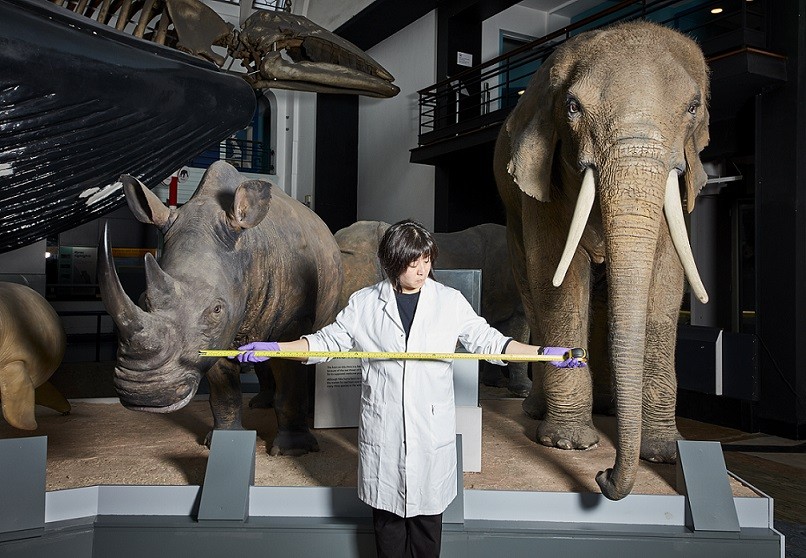
Natural History Museum, London August 5, 2020
American Museum of Natural History, NYC preparing to reopen
State Hermitage, St Petersburg, Russia July 15, 2020
Shanghai Science and Technology Museum new visiting policies as of June 25, 2020
Reina Sofia, Madrid June 6, 2020
National Museum of Natural History, Washington DC reopening date not yet set
Nanjing Museum, China March 24, 2020
Zhejiang Museum, China March 26, 2020
National Gallery of Art, Washington DC July 20, 2020
Victoria & Albert Museum, London August 6, 2020
China Science Technology Museum, Beijing July 23, 2020
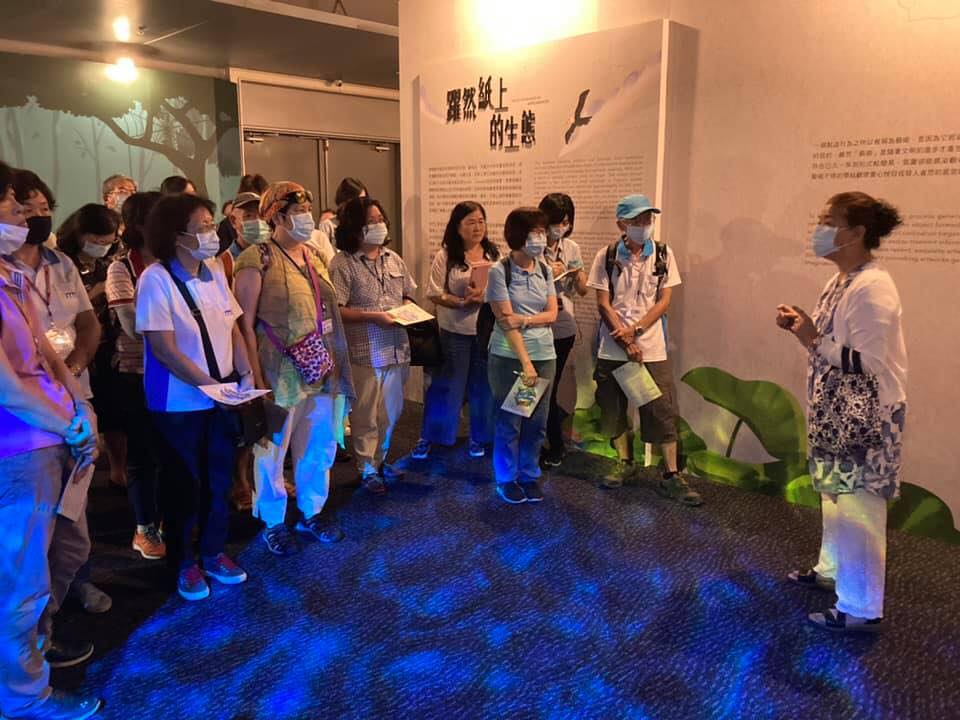
National Palace Museum, Taipei has remained open with reduced hours
Musée d’Orsay, Paris June 23, 2020






